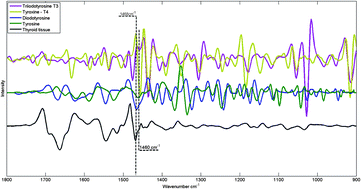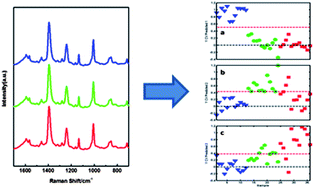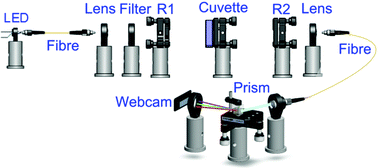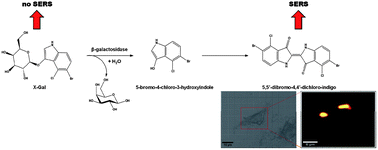
Data sub-selection in transmission Raman spectroscopy
The analysis of compound mixtures in powder and tablet form has a range of purposes, from monitoring the stability of a formulation over time and quality control of a product, to the forensic analysis of illicit substances. Transmission Raman spectroscopy is a promising candidate for this type of analysis. TRS is fast and non-destructive, it produces data that is easy to interpret, and has good penetration depth for opaque samples such as powders.
Researchers led by Jonathan Burley at the University of Nottingham (UK) have investigated ways to improve the accuracy of TRS for quantitative analysis. In this HOT Analyst paper, they report the first detailed analysis of data sub-selection for a set of transmission Raman data obtained from a model pharmaceutical formulation. Burley and co-workers also focus on the utility of low-wavenumber data, which has only become accessible in recent years. The authors anticipate that their findings may shape the future development of Raman instrumentation.
To read more about this work, please access the link below. This paper will be free to read until 6 January 2014.
Quantification of pharmaceuticals via transmission Raman spectroscopy: data sub-selection
Jonathan C. Burley, Adeyinka Aina, Pavel Matousek and Christopher Brignell
Analyst, 2014,139, 74-78
DOI: 10.1039/C3AN01293J
















